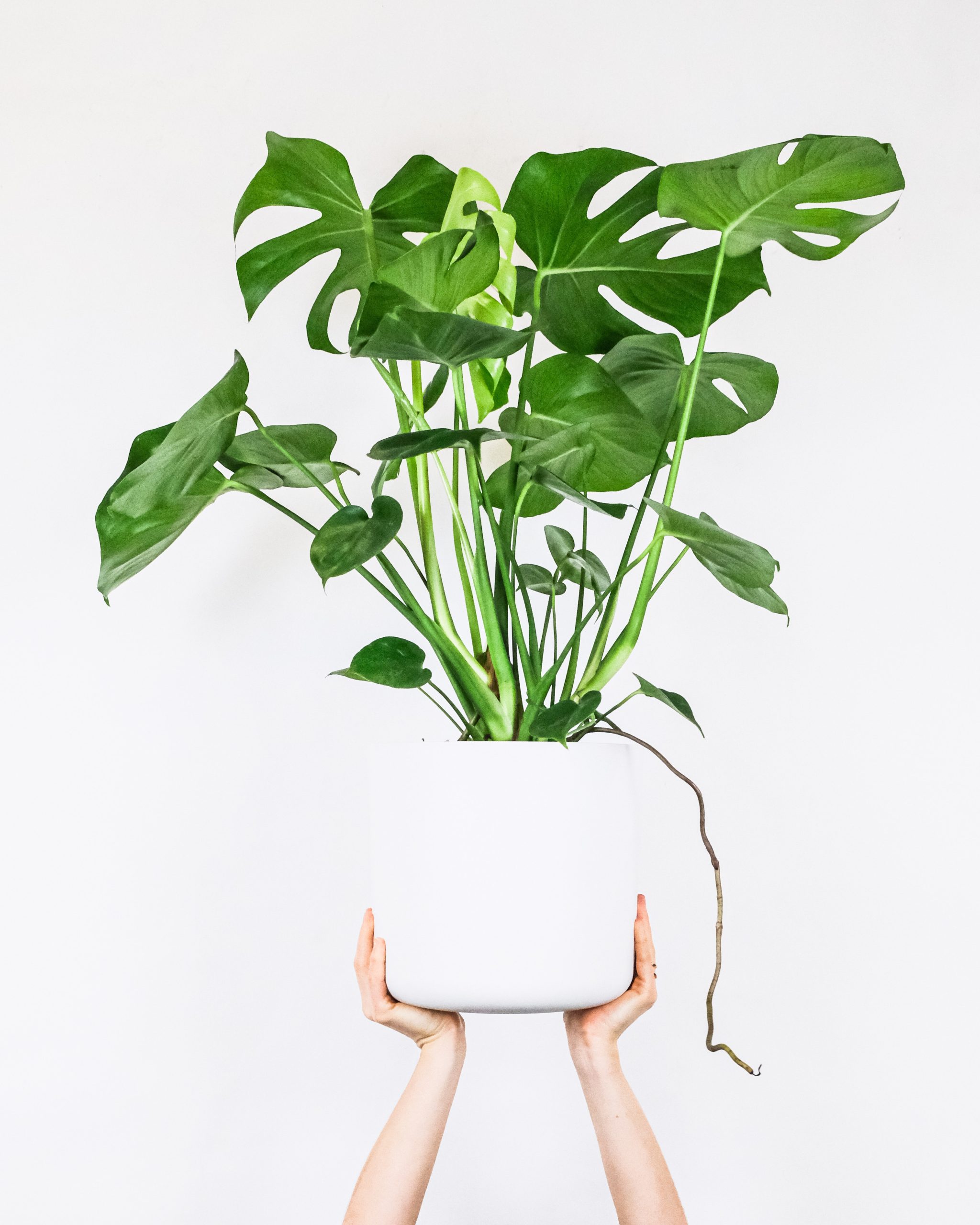Introduction:
Vertical gardens are a great solution for those who have limited space but still want to enjoy the benefits of gardening. Whether you live in an apartment or have a small backyard, a vertical garden can help you maximize your green space. In this article, we will guide you through the process of building a vertical garden for small spaces.
1. Choose the Right Location:
The first step in building a vertical garden is to find the right location. Look for a spot that receives adequate sunlight throughout the day. South-facing walls or balconies are ideal for maximum sun exposure. Make sure the area is easily accessible for watering and maintenance.
2. Select the Right Plants:
When it comes to vertical gardening, choosing the right plants is crucial. Opt for plants that are suitable for vertical growth and have shallow root systems. Some popular choices include herbs, succulents, ferns, and trailing vines. Consider the amount of sunlight the location receives and choose plants accordingly.
3. Build a Support Structure:
To create a vertical garden, you’ll need a support structure to hold the plants. There are several options to choose from, depending on your space and budget. Some common choices include trellises, wall-mounted planters, hanging baskets, or even repurposed pallets. Ensure that the structure is sturdy enough to support the weight of the plants.
4. Prepare the Soil and Planting Medium:
Before planting, prepare the soil or planting medium. Use a lightweight potting mix that provides good drainage. If you’re using containers or planters, make sure they have drainage holes to prevent waterlogging. Consider adding organic matter or compost to enrich the soil and provide nutrients for the plants.
5. Plant and Arrange the Plants:
Once the support structure and soil are ready, it’s time to plant your chosen plants. Start by placing the larger plants at the bottom and work your way up with smaller plants. Leave enough space between each plant to allow for growth. Consider the color, texture, and growth habits of the plants to create an aesthetically pleasing arrangement.
6. Water and Maintain:
Proper watering is essential for the health of your vertical garden. Since vertical gardens tend to dry out faster, you may need to water them more frequently than traditional gardens. Use a watering can or a drip irrigation system to ensure even watering. Regularly check the moisture level of the soil and adjust your watering schedule accordingly.
7. Provide Adequate Light and Care:
In addition to watering, ensure that your vertical garden receives adequate light. Monitor the sunlight conditions and adjust the placement of your garden if necessary. Regularly inspect the plants for pests or diseases and take appropriate measures to prevent or treat them. Prune and trim the plants as needed to maintain their shape and promote healthy growth.
Conclusion:
Building a vertical garden is a rewarding project that allows you to enjoy the beauty of plants even in small spaces. By following these steps and selecting the right plants, you can create a stunning vertical garden that adds a touch of greenery to your surroundings. Remember to provide proper care and maintenance to ensure the longevity and health of your vertical garden. Happy gardening!









